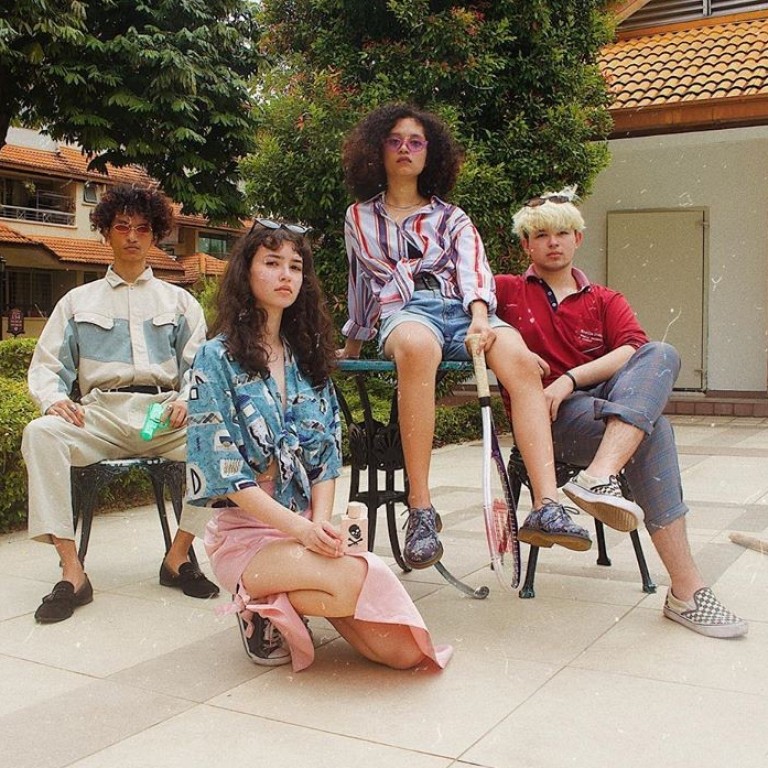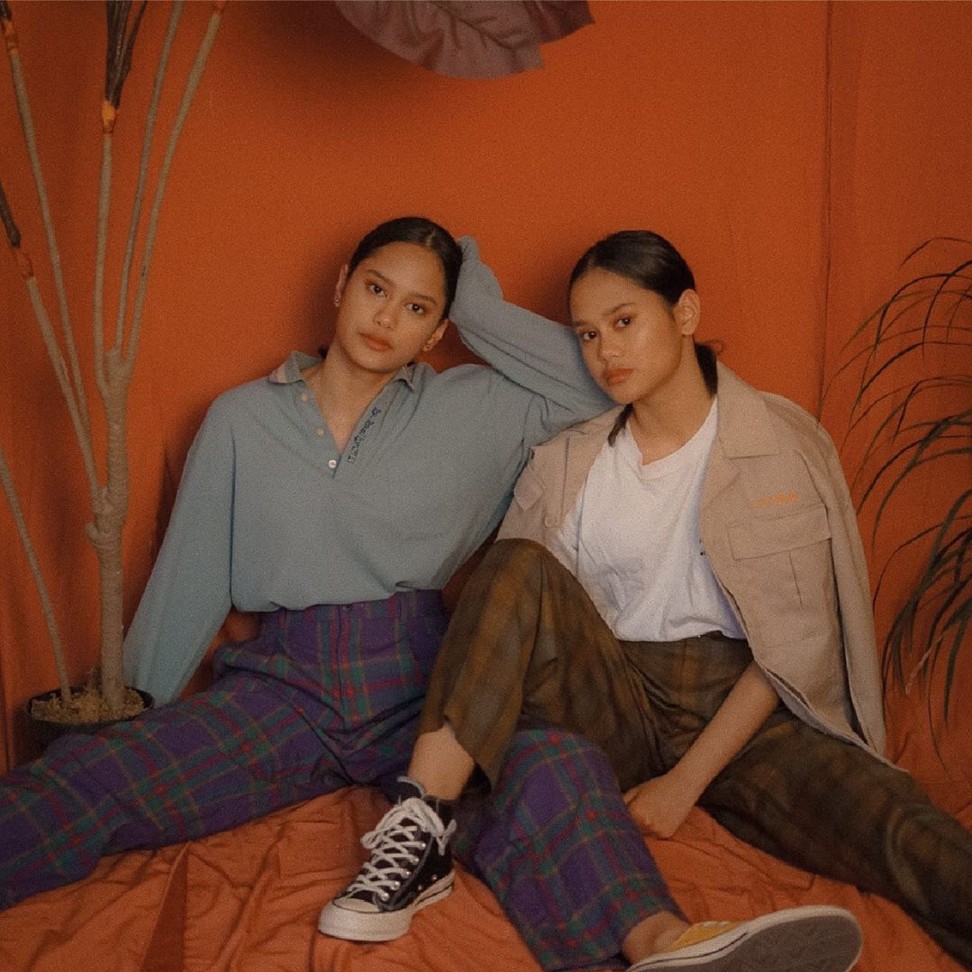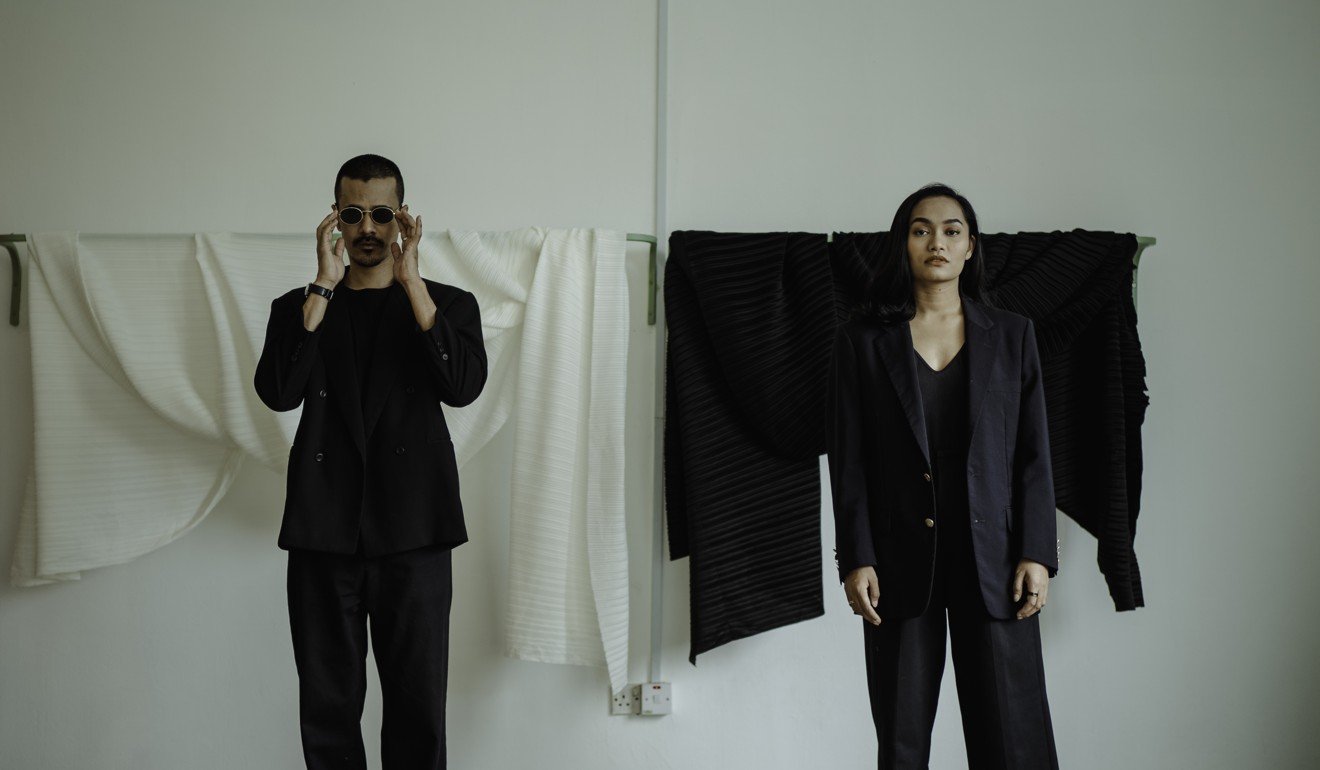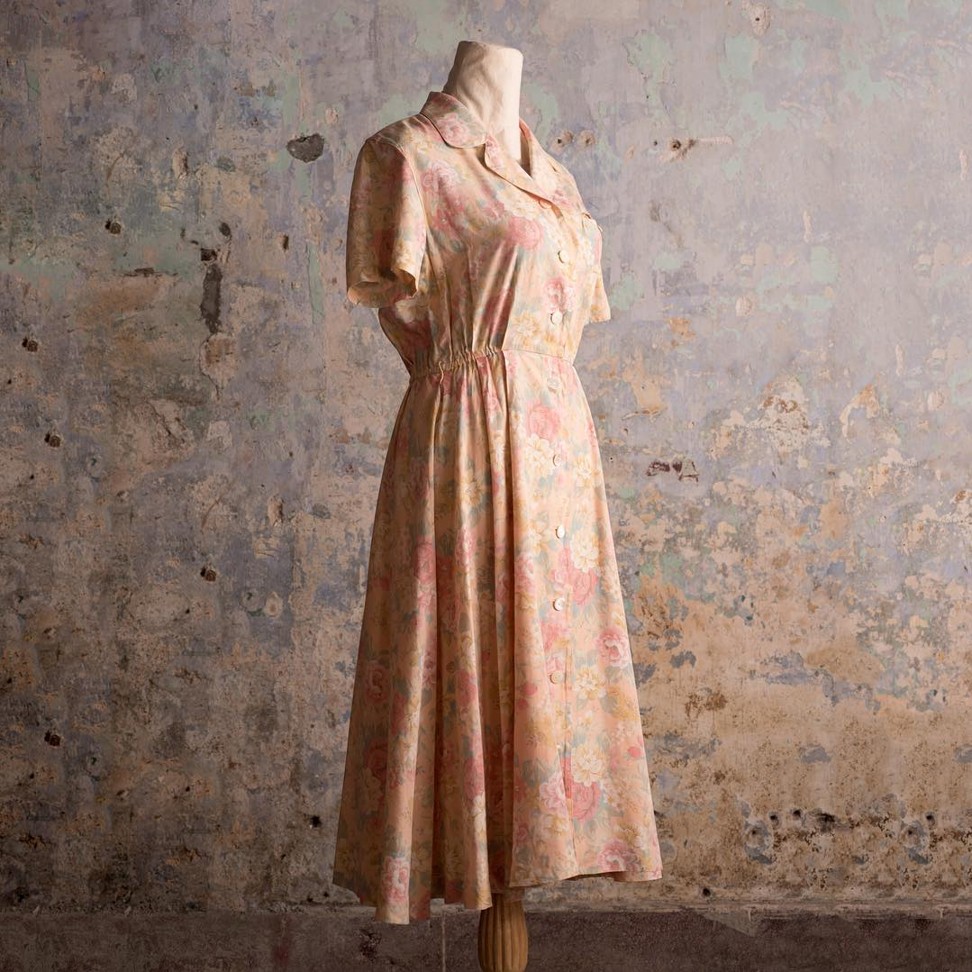
Vintage fashion and Instagram: how in Malaysia the app has changed the way millennials and Gen Z look at second-hand clothes and thrifting
- Young fashion fans in Malaysia are bucking a cultural bias against pre-worn clothing and promoting sustainable shopping
- Instagram has played a major role in shifting their focus from new high-end designer wear to second-hand clothing and the art of thrifting
“Thanks, it’s vintage,” may prompt squeals of delight and intakes of breath elsewhere in the world, but in Malaysia, that’s not always been the case.
Until recently, the country’s relatively young economy has been obsessed with the “new new”, international labels and logomania.
Now there’s been a mini-earthquake thanks to Instagram.

Vintage in Malaysia has always been a complex proposition. On the one hand, there’s a great love of bundle shopping – thrift shopping in its rawest form.
Bundle shop owners will buy bundles (literally, huge cartons of second-hand clothing – often from Japan), set them up on rails and let shoppers have at it. These stores are most often found in Kuala Lumpur’s satellite towns, and they’ve recently been joined by thrift “superstores” like Jalan Jalan Japan.
There’s a distinct lack of curation here, though. The appeal of bundle shopping lies in the chase, the dedication of a few solid hours to hunt out the occasional gem among the ratty T-shirts. But what if you want the gems without the hunt?
That’s where Okgo, Kuala Lumpur’s most stylish thrift store, comes in.
How vintage is going from thrift stores to the red carpet
“At that time we were only doing it for fun, as we thrift during weekends,” the couple said. “Then, our trip to Japan in 2016 inspired us to start a curated thrift store with a specific vibe. Thrift stores in Tokyo are so unique and full of characters. We wanted to do something like that back home.”
That “specific vibe” that Okgo has curated? Trendy, aesthetic separates for an Instagram generation – ’80s shell suit jackets, work jackets, vintage denim and printed shirts.
Each collection Zamir and Shakira have released has been a hit, thanks in no part to the co-founders’ own great personal style – which can be seen on Instagram – and Okgo’s excellent edit. They are part of a wider movement responsible for changing Malaysians’ minds about second-hand clothing, and making pre-worn garments covetable rather than undesirable.
Globally, manufacturing new clothing generates around 330 million tonnes of carbon dioxide per year. Manufacturing a single pair of jeans uses 11,000 litres of water
“The mindset has changed a lot,” the couple say. “Kids these days shop both new and second-hand clothes. There's still a cultural bias against second-hand clothes, mostly among the baby boomer generation, but that is also decreasing.”
“We are not a 100 per cent sustainable company but we are trying our very best. Sustainability was not part of the mission at first but now we are trying to pursue it. We believe we have the [responsibility] to educate, as we have the platform to do it. Ultimately, it should be a collective effort.”
‘This is a sin’: why are Malaysia’s turban style hijabs so divisive?
Over at clothing store Berwick St Vintage, vintage restorer Sulochana R. sees herself as part of that collective effort. While she sells a very different kind of vintage product, one more commonly thought of when people talk about vintage clothing – tea dresses and blouses in elegant, timeless prints and cuts – her mission is the same.
“Globally, manufacturing new clothing generates around 330 million tonnes of carbon dioxide per year. Manufacturing a single pair of jeans uses 11,000 litres of water. Unsold, out-of-season clothing is often condemned to landfills, even if they are still in mint condition,” Sulochana says.
“I want to reduce these alarming figures by breathing new life into vintage clothing. The garments that I sell have smaller carbon and water footprints compared to newly manufactured clothing. They are all original vintage pieces between 20 and 60 years old.
“Every piece of my vintage is selected with love, cleaned and restored to its original beauty. Each piece that I sell is one saved from ending up in the landfill.”


Sulochana personally restores everything she sells, replacing tired elastic and fixing buttonholes until each piece is almost as good as new. It’s a passion she’s always had, from sewing her own clothes at the age of 10, to working as a vintage clothing buyer on London’s Berwick Street (hence the name of her brand).
“I was always interested in vintage fashion,” Sulochana says. “I remember wearing some of my mum’s and aunt’s vintage dresses as a teenager in the ’90s. Wearing clothing from the ’50s to ’70s wasn’t trendy back then in Malaysia. No one else understood it, and I got many quizzical looks on the street. I thought the dresses were beautiful, and I felt wonderful wearing them.”
She found her tribe when she moved to London to study at arts and design college Central Saint Martins. “To my surprise, almost half of the people on my first [London Underground] ride were wearing vintage as if it was a norm. It was such a big trend to incorporate vintage into your modern wardrobe.”

Upon graduating, Sulochana grew her personal passion into professional expertise as a vintage buyer, working with luxurious and exclusive designer vintage pieces.
“As a buyer I bought special rare pieces and designer vintage, such as Oscar de La Renta, Chanel, Valentino and Roland Mouret pieces for the store. I developed a sense of what customers were buying and how much they were willing to pay for it. I also learned very quickly how to date and identify clothing and bags and tell if a piece was vintage, and whether it was an original or a copy.”
Now Sulochana is using her expertise in vintage to change Malaysians’ mindsets, one dress at a time.

“I feel that the general customer’s attitude is becoming more positive towards vintage, as they see it as a more environmentally responsible way to dress, with the added bonus of being stylish and trendy, thanks to social media.”
It’s not easy to compete against the high street giants, but she’s willing to try. And Sulochana has the ultimate trump card, the strongest proposition of all in a time when the click of a hashtag can lead you to thousands of people across the world wearing the same dress as you: vintage clothing is unique.
“In my years of business, I’ve only come across two pieces that are identical. If you’re wearing one of my pieces to a party, I’m willing to bet that you won’t run into someone else in the same outfit.”

